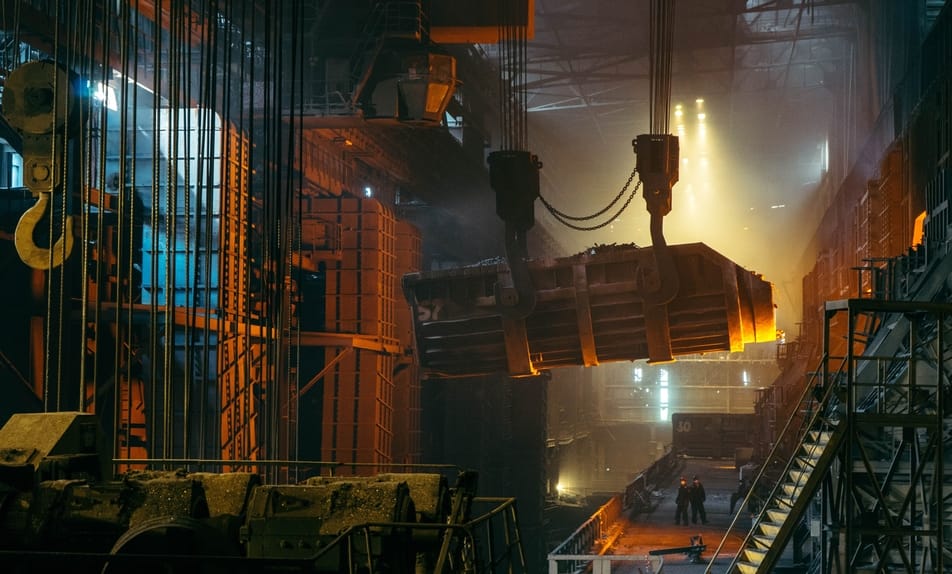Volatile Organic Compounds (VOCs) Exposure in Building Materials

Whether it’s clay or concrete, the quality of any building material is essential for the construction purposes that has been used for. At the same time, safety should always be considered as building materials can become a source of hazardous chemical emissions.
Types and Levels of VOCs in Building Materials
Many household products contain dangerous volatile organic compounds (VOCs), such as acetone, formaldehyde, and butanol, which lead to indoor air pollution. Being familiar with VOC concentration and units of measure is important to ensure people’s health. Common hazardous substances, for example, include:
-
Formaldehyde: Present in products made of pressed wood and formaldehyde-based resins (e.g. plywood and fiberboard), and used in furniture, paneling, flooring, etc.
-
Acetaldehyde: Used for the production of polyester resins and basic dyes; present in laminates, cork, foam mattresses, linoleum, and other products.
-
Phenol: Present in different materials, such as wall coverings and vinyl flooring.
-
BTEX substances: BTEX include benzene, toluene, ethylbenzene, and xylene, which can be found in numerous petroleum products.
-
Glycol ethers: Used in various solvents, coatings, and cleaning products.
-
Methylene chloride, often used in adhesives.
Note that not all volatile organic compounds are classified as VOCs; carbon monoxide, for instance, is a different type of gas. The use of an indoor air quality monitor can be extremely beneficial in the detection of different VOC concentrations and emission levels of organic pollutants.
Total VOC Concentration in Buildings and Adverse Effects
Research has revealed that organic emissions vary between buildings and building materials. In new buildings and new construction materials, for example, VOC emissions vary from 0.5 to 19 mg/m3. In old buildings, on the other hand, levels range between 0.2 and 1.7 mg/m3. In addition, dry materials, such as oriented strand board (OSB), solid wood, and acoustic ceiling tile, differ from wet materials, such as wood stain, caulking sealant, and floor wax.
Note that adverse health effects due to exposure to volatile organic compounds can occur above 3 mg/m3. Common health problems include asthma, skin irritation, headaches, nausea, confusion, and eye irritation. Therefore, the Environmental Protection Agency recommends the use of less harmful products and building materials during constructions and renovations.
VOCs in Building Materials and Alternatives
From insulations and wood panels to varnishes and sealants, numerous building materials emit toxic compounds. Studies have shown that pollutants from floors, ceilings, and walls have a negative impact on the indoor air quality of buildings. Although building materials are often classified into different sectors (e.g. plumbing, roofing, etc.), common sources of VOC exposure in building materials can be divided into:
-
Solid building materials, such as building partitions.
-
Liquid building products, such as adhesives. Note that exposure to methylene dichloride, one of the most common components of adhesives, is highly dangerous.
-
Decoration products, such as wallpaper.
-
Household products, such as solvents and cleansers.
Interestingly enough, all materials used for constructions and renovations are considered as building materials. In fact, wood, metals, bricks, plastic, foamed plastic sheets, ceramics, and cement are common in today’s building industry. Nevertheless, natural and ancient building methods (e.g., mud, sand, and rocks) should also be considered in modern manufacturing. Building alternatives include:
-
Fabric: Originally used among nomadic groups, companies today have started to implement more and more fabric materials.
-
Thatch: Thatch and other plants are still used in tropical climates. What’s more, natural building practices are reviving - building companies in countries like the Netherlands have started to experiment with thatched roofs.
-
Ice: Mainly used by the Inuit people; today, many winter resorts offer ice hotels and ‘cool’ experience.
Natural building materials are efficient, so are good ventilation systems. In fact, well-equipped HVAC systems are extremely important for office buildings, educational centers, and medical facilities.
While not all organic compounds are classified as VOCs, adequate VOC emission testing is necessary in order to improve environmental and health outcomes. In fact, since exposure to dangerous compounds can lead to numerous adverse effects, the difference between hydrocarbons and VOCs should be also clarified. Hydrocarbons, in particular, contain hydrogen and carbon atoms.
Buildings are not only beautiful architectural creations but a vital factor for people’s well-being. Natural and clean building materials can simply help societies build a better environment.
